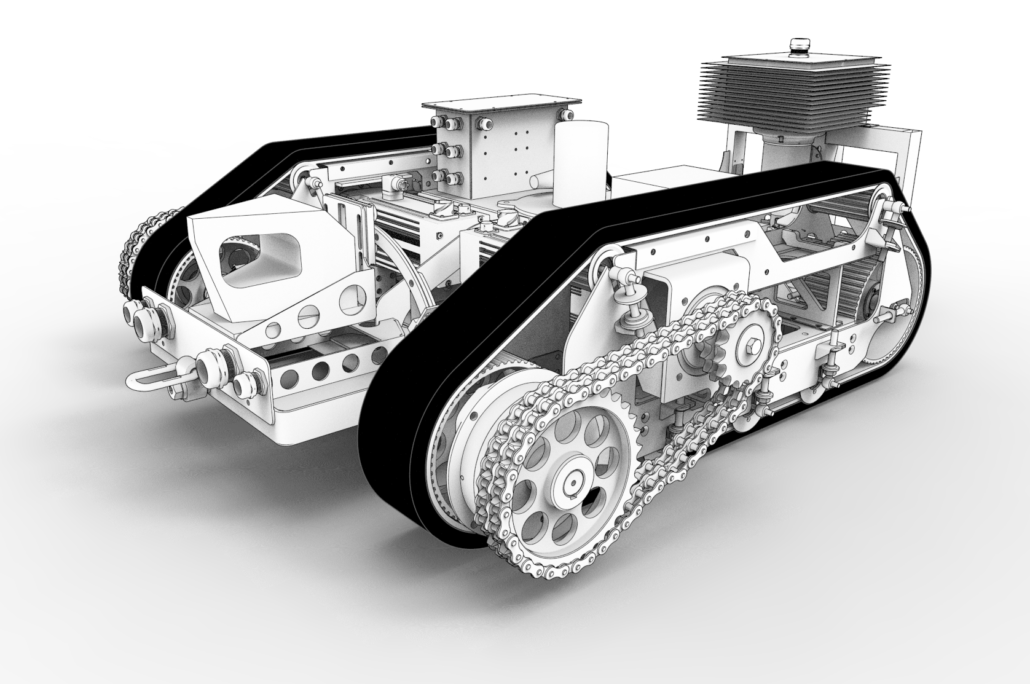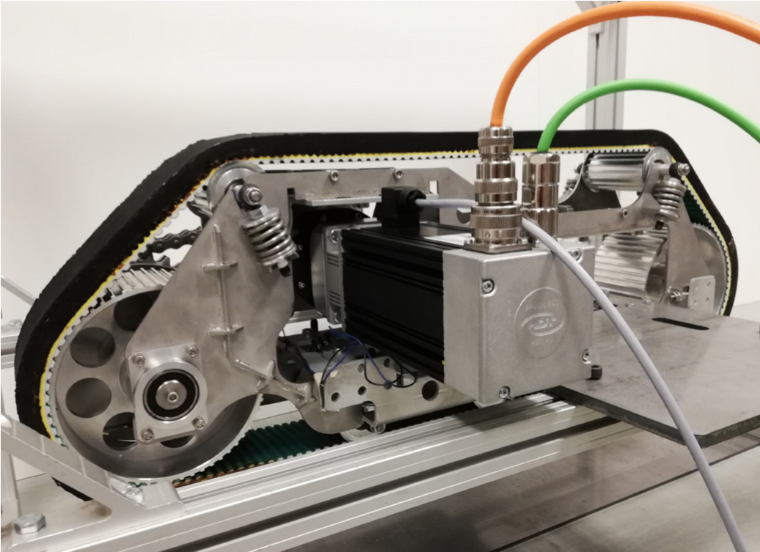4DHybrid, funded by the EU Horizon 2020 program and coordinated by Turin-based construction machine developer Prima Industrie, aims to develop a new concept of hybrid additive manufacturing for the Maintenance Repair and Overhaul (MRO) value chain.
The project, consisting of 20 partners from 10 different countries, seeks to achieve this goal by creating compact and low-cost modules that can be integrated with robots, machines and any sort of manufacturing equipment. These modules are embedded with various additive and subtractive manufacturing technologies, including Direct Energy Deposition (DED) and ablation or cold cpray. With the addition of hybrid technologies in a modular ‘ALL-IN-ONE’ concept, 4DHyrbid aims to provide new possibilities in production and repair.
Partners of the project include 12 industrial firms operating as technology suppliers and end users. The University of Applied Sciences and Arts of Southern Switzerland (SUPSI) is responsible for the research and technical coordination of 4DHybrid, whereas other partners include Optomec, GE Aviation, Siemens, University of Birmingham, 3D New Technologies and more. The 4DHybrid project has received a total of €4.99 million in funding from the EU, forming an overall budget of €9.4 million.

The Horizon 2020 program
Established in 2014 by the European Union, Horizon 2020 is an initiative set up with the intention of encouraging and enabling research innovation throughout the continent. The program is expected to foot an estimated €80 billion of funding to the vision for “smart, sustainable and inclusive growth and jobs.”
AMable is a consortium within Horizon 2020 specifically dedicated to additive manufacturing, co-ordinated by leading German research institute Fraunhofer ILT. It has made three open call grants promising funding to small and medium-sized enterprises (SMEs) using 3D printing, including an offering of €300,000 and €450,000 earlier this year.
Additive manufacturing projects that have so far benefited from Horizon 2020 AMable funding include Project BADGER, an enterprise building a robot capable of drilling and 3D printing tunnels, and Project BARBARA, a €2.7 million undertaking to develop more sustainable materials for the automotive industry.
Autonomous, hybrid additive manufacturing
4DHybrid’s machines, robots and systems are built for operation in standard production facilities and harsh, off-shore environments. They are therefore expected to benefit the aerospace, oil & gas and power generation industries. As well as featuring a modular concept for additive and subtractive manufacturing, the project partners plan to include complex sensor-based monitoring systems. This will help create promising manufacturing prototypes for the production and repairing sectors, where a multitude of technologies and equipment will be flexibly adopted.
A 4DHybrid autonomous robot has been developed over the first two years of the project. It has been designed to perform detection and reparation activities of metal vertical surfaces in offshore environments. In order to perform effectively, the robot has been equipped with a 3D Scanner and a cold spray additive manufacturing gun, which deposits powder material at supersonic speeds onto a substrate using pressurized gas.
The 3D scanner, an Artec Space Spider, is able to individuate the corrosion/defects on the metal surface. The defects are then repaired using a metal coating from the cold spray, designed specifically for the 4DHybrid project by SUPSI. It has also been integrated with a powder recovery system, increasing efficiency by vacuuming and reusing any dispersed powder form the cold spray.
Two rubber belts have been attached to the robot as tracks, helping it to climb vertical surfaces. The belts stay attached to slippery surfaces thanks to a powerful vacuum-based adhesion system placed at its center. With the rubber tracks, the robot can move backwards, forwards, and rotate. It is able to operate on metal surfaces of different conditions; corroded, not corroded, in the presence of water and dirt and with an environmental temperature ranging between 3 to 35°C.

Currently, 4DHybrid demonstrators are running in SUPSI’s Automation Robotics and Machines Laboratories (ARM Labs) to support side activities, like equipment commissioning. Having the 4DHybrid modules operate in the ARM Labs is helping the project partners gauge the advantages and drawbacks of the technology’s implementation within production infrastructure and the industrial value chain.
Subscribe to the 3D Printing Industry newsletter for the latest news in additive manufacturing. You can also stay connected by following us on Twitter and liking us on Facebook.
Looking for a career in additive manufacturing? Visit 3D Printing Jobs for a selection of roles in the industry.
Featured image shows the 4DHybrid Autonomous Robot. Image via 4DHybrid.

